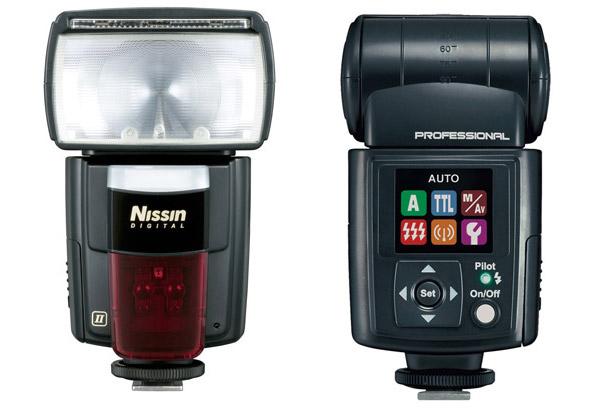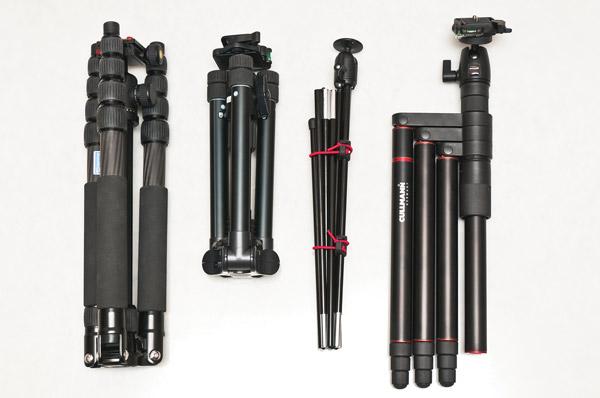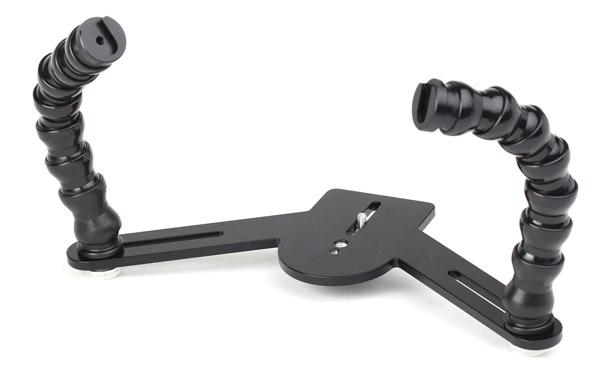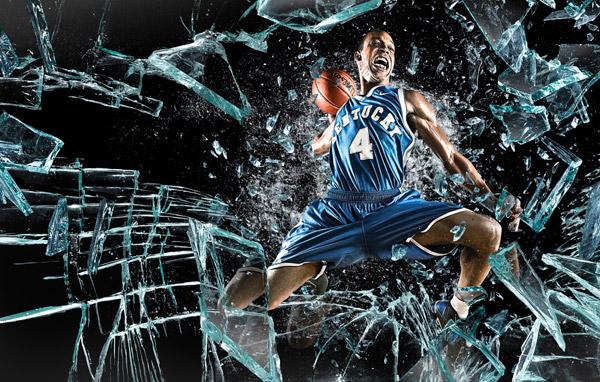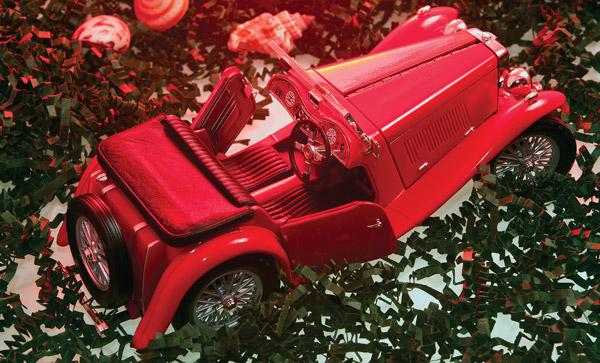Jack Neubart
|
Mar 13, 2013
|
Mar 08, 2013 |
First Published: Feb 01, 2013
|
Feb 07, 2013 |
First Published: Jan 01, 2013
|
Dec 28, 2012 |
First Published: Nov 01, 2012
|
Dec 13, 2012
|
Dec 04, 2012
|
Nov 26, 2012 |
First Published: Oct 01, 2012
|
Nov 17, 2012
|
Sep 20, 2012 |
First Published: Aug 01, 2012
|
Sep 11, 2012 |
First Published: Aug 01, 2012
 Many of us continue to look for a Raw converter or image-editor that is easy to work with right out of the box. ACDSee Pro version 5 for Windows (
Many of us continue to look for a Raw converter or image-editor that is easy to work with right out of the box. ACDSee Pro version 5 for Windows (
